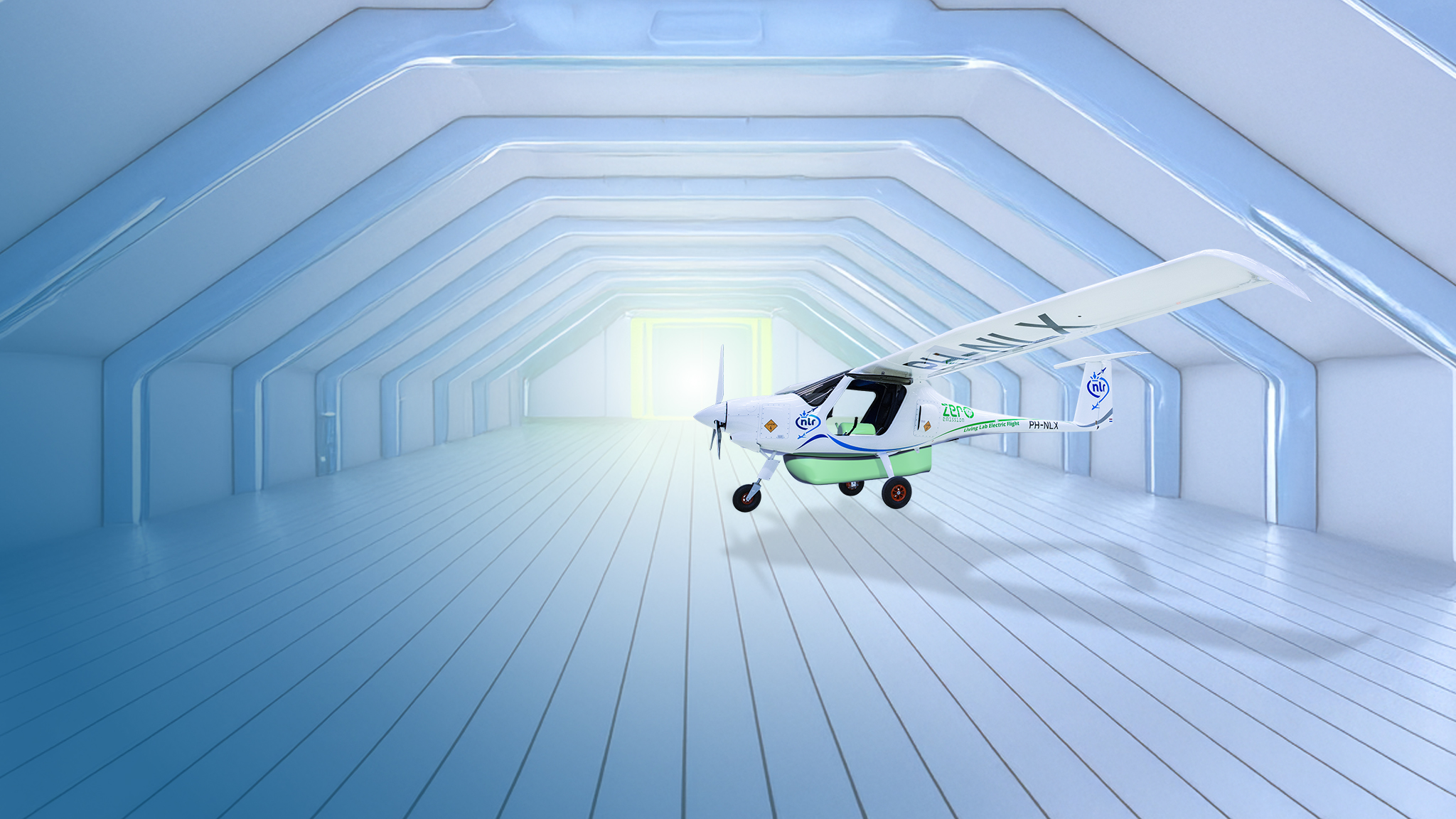
Newsroom
Filter
Stay up to date with the latest developments
Welcome to our Newsroom. Here you can find the latest news, articles, and blogs from NLR. We also showcase a range of videos and publications here. For more video content, please visit our YouTube channel, NLRmedia. The NLR Repository provides access to our public library of NLR reports.

26 November 2025
R&D case: Hydrogen drone research
Project: HYDRA II (Hydrogen Drone Research Aircraft)
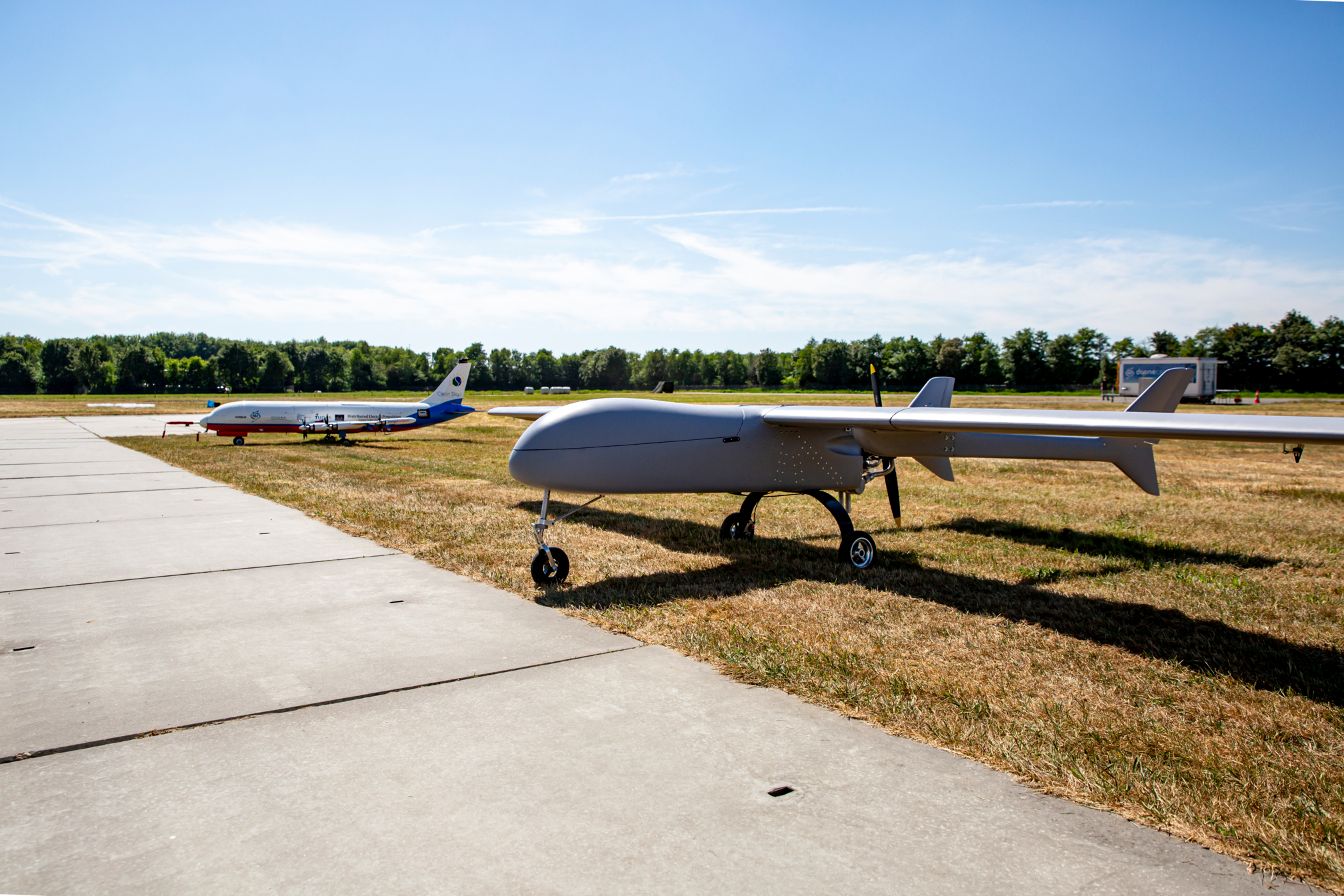
27 May 2025
Accelerating drone research for Dutch Defence: the strength of an ecosystem
NLR has officially launched the Quick Response Drone Facility (QRDF). A new facility to conduct research quickly and effectively on uncrewed systems for defence. “Drones are playing an increasingly important role in aviation, for defence and also for civil applications,” says Bert Thuis, Vice President Aerospace Vehicles at NLR.
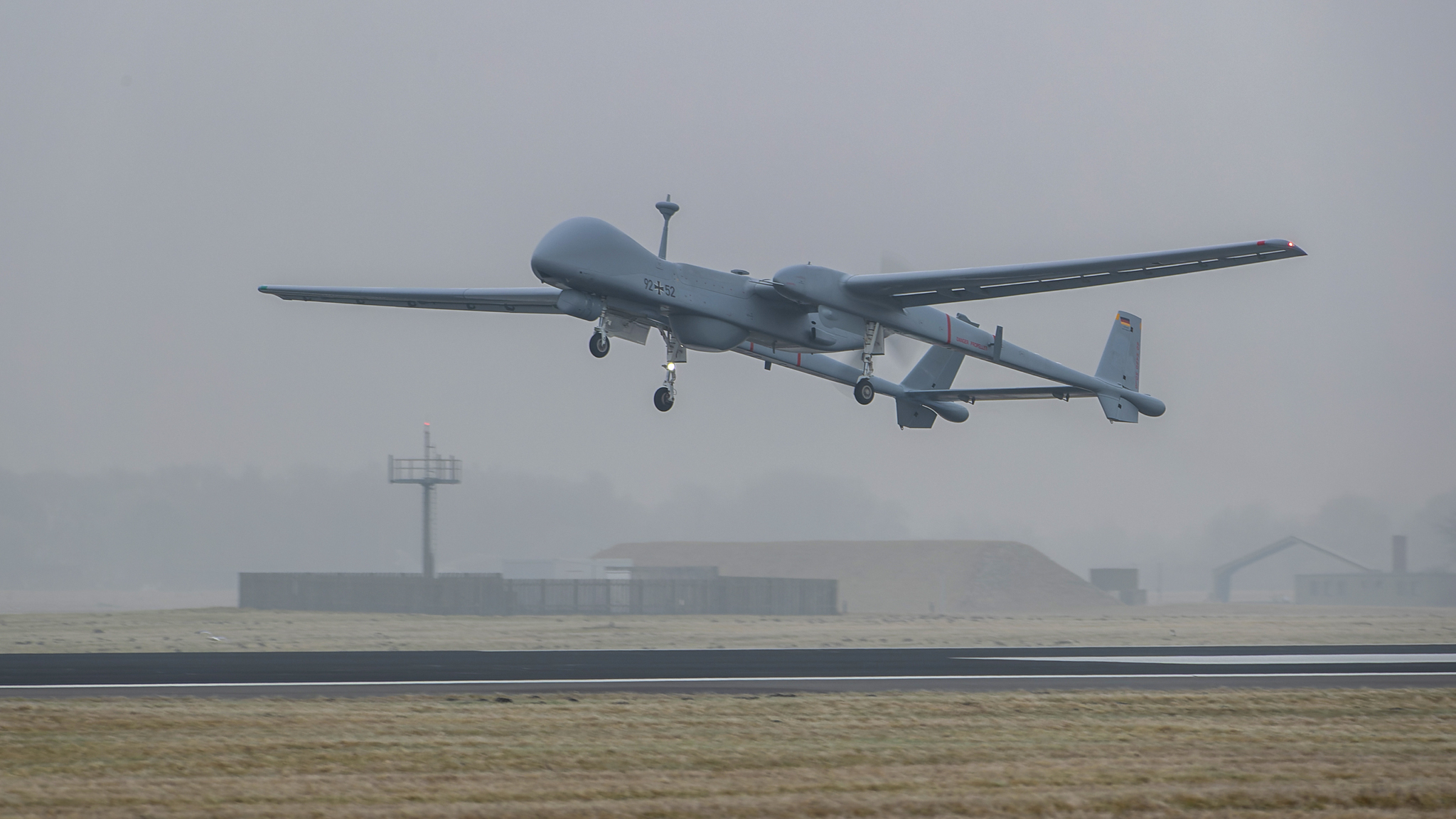
06 February 2025
German Armed Forces drone flies through European upper airspace for the time
On Monday, 3 February, a German drone with a wingspan of 26 metres belonging to the German Armed Forces flew from Germany to the Netherlands and back. The flight was the first in Europe to take place in upper airspace where commercial aircraft fly. The European MALE RPAS project is exploring the integration of uncrewed flights on overall air traffic, with the goal of ensuring safe and efficient coexistence between manned and unmanned aircraft.
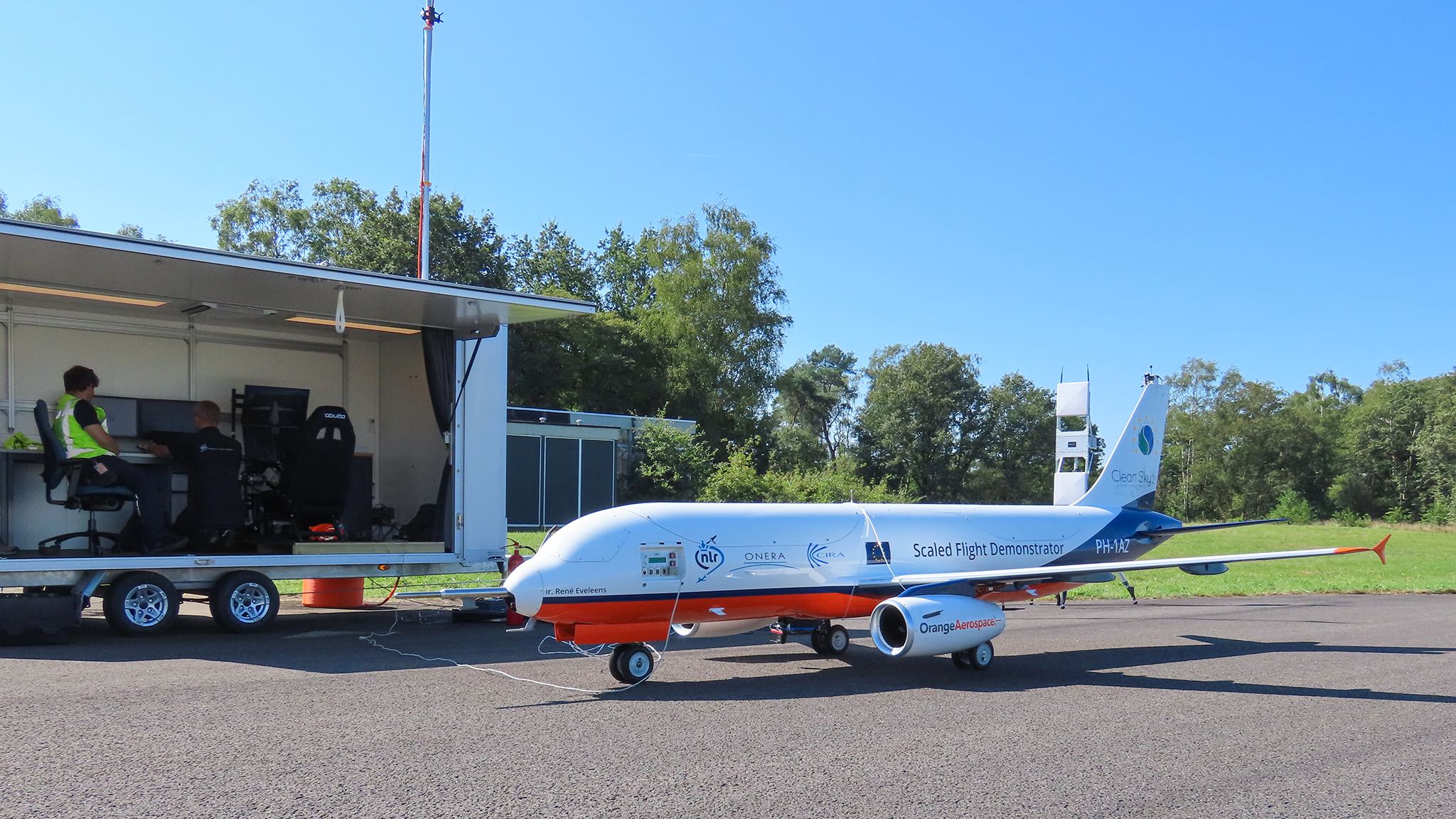
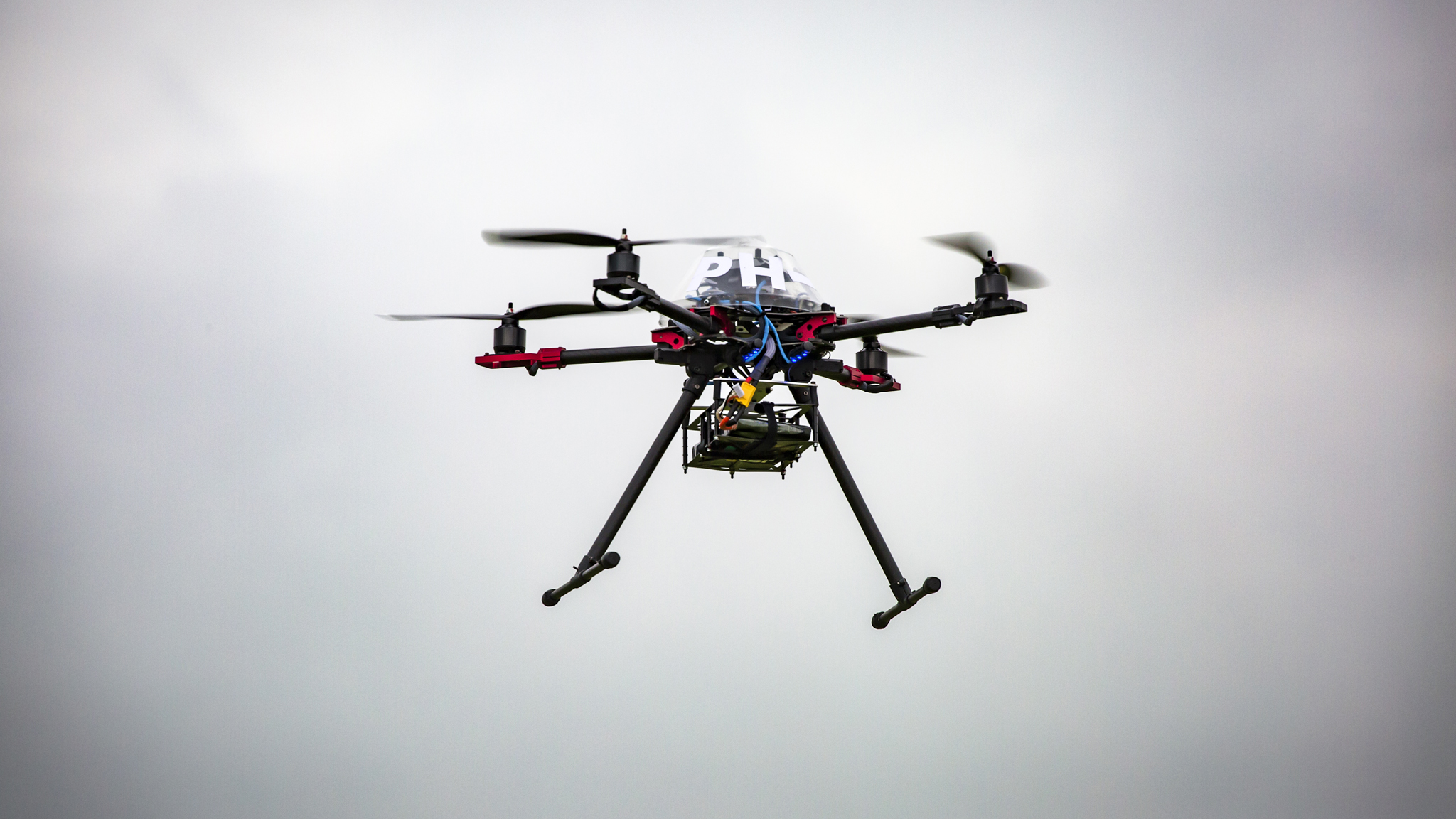
11 October 2024
Satellite navigation brings autonomous drones one step closer
Drones have many new applications in society, such as accelerating the energy transition and improving health care. How? For instance, by quickly transporting donor organs or blood from one hospital to another or by inspecting wind turbines at sea to prevent downtime. There are endless ways to use Unmanned Aerial Vehicles (UAV), in other words, drones, now and in the future.
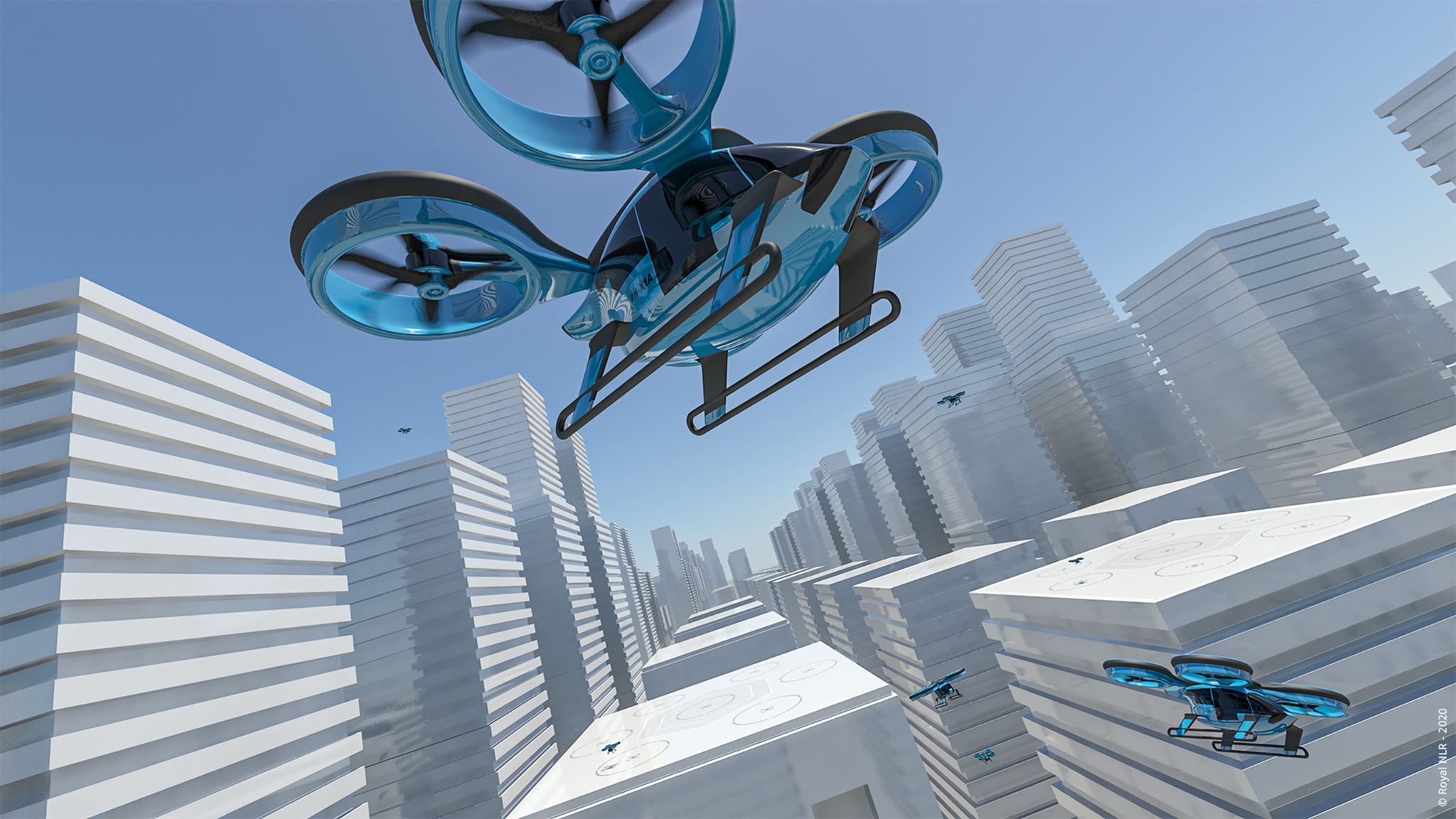
07 December 2023
Experimenting in a simulated urban area with Drone DigiCity
Drones are becoming increasingly useful in our society – just think of all the drone flights for research, inspections and transport. The practical applications seem inexhaustible. There are still challenges for using this technology in urban areas and the added value that drones provide is by no means a given in terms of public acceptance. The NLR Drone DigiCity experimental environment is helping get applications that address this off the ground.

14 August 2023
R&D case: ILS inspection on airports with drones
Instrument Landing Systems (ILS) at airports are periodically calibrated using an aircraft equipped with a Flight Inspection System, such as the NLR Citation II research aircraft. If the ILS works well, and the transmission is free from disturbances, some periodic measurements can be carried out from or near the ground. This comprises Reduced Flight Inspection (ReFI). The main benefits of ReFI are 65% lower calibration cost, 90% less environmental impact (noise, emissions), and higher runway availability. The ground measurements can be carried out via Drone Flight Inspection (DFI). Therefore, NLR has developed DFI.
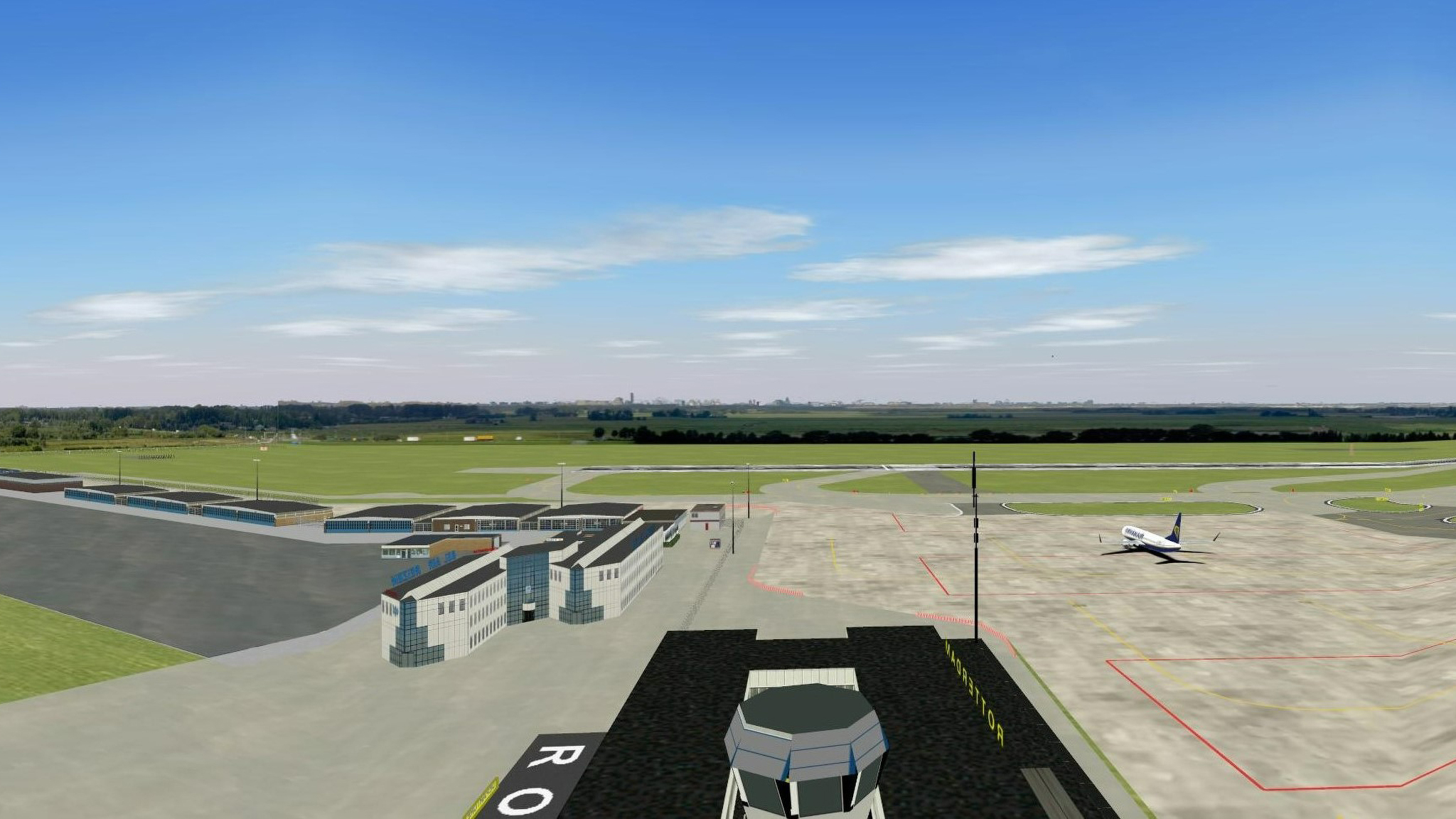
05 June 2023
R&D case: ATM U-space interface (AURA)
The AURA (ATM U-space InteRfAce) project (SESAR 2020 project PJ34 ) investigated the development of concepts and technologies that are necessary to allow existing ATM systems and future U-space operations to interact in a safe, predictable and seamless way. One of the basic assumptions of the project is that manned and unmanned movements take place in ATM U-space Shared Airspace (AUSA). AUSA can be delegated to be either ATM or U-space controlled. U-space traffic is then segregated by geo-cages around the U-space delegated part of AUSA. Contingencies and emergencies needed to be mitigated by delegating additional AUSA volumes to U-space.
Sign up for the NLR newsletter to receive our latest news, recent developments, new insights, reports and whitepapers, as well as our calendar of upcoming trade fairs and events.